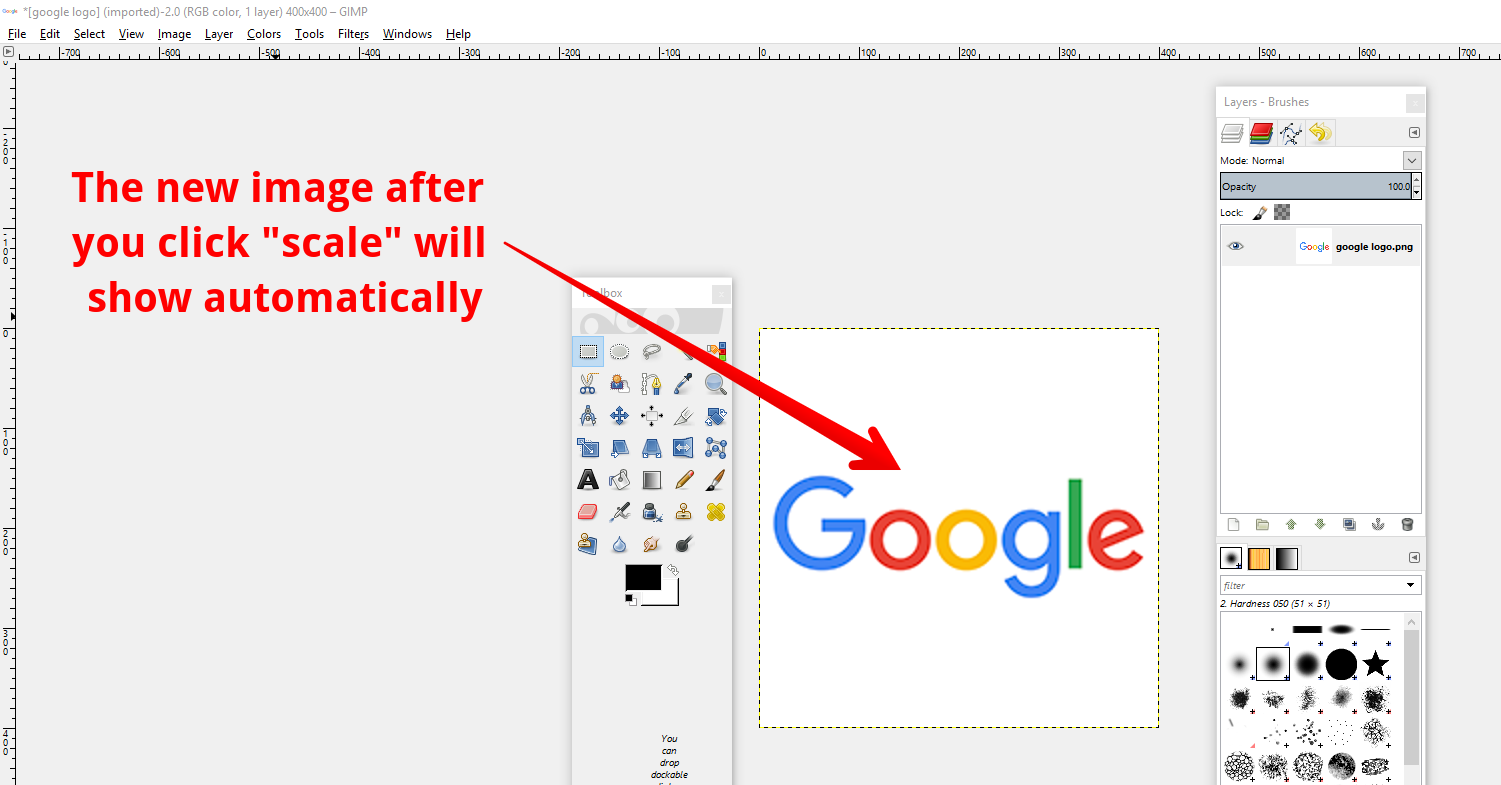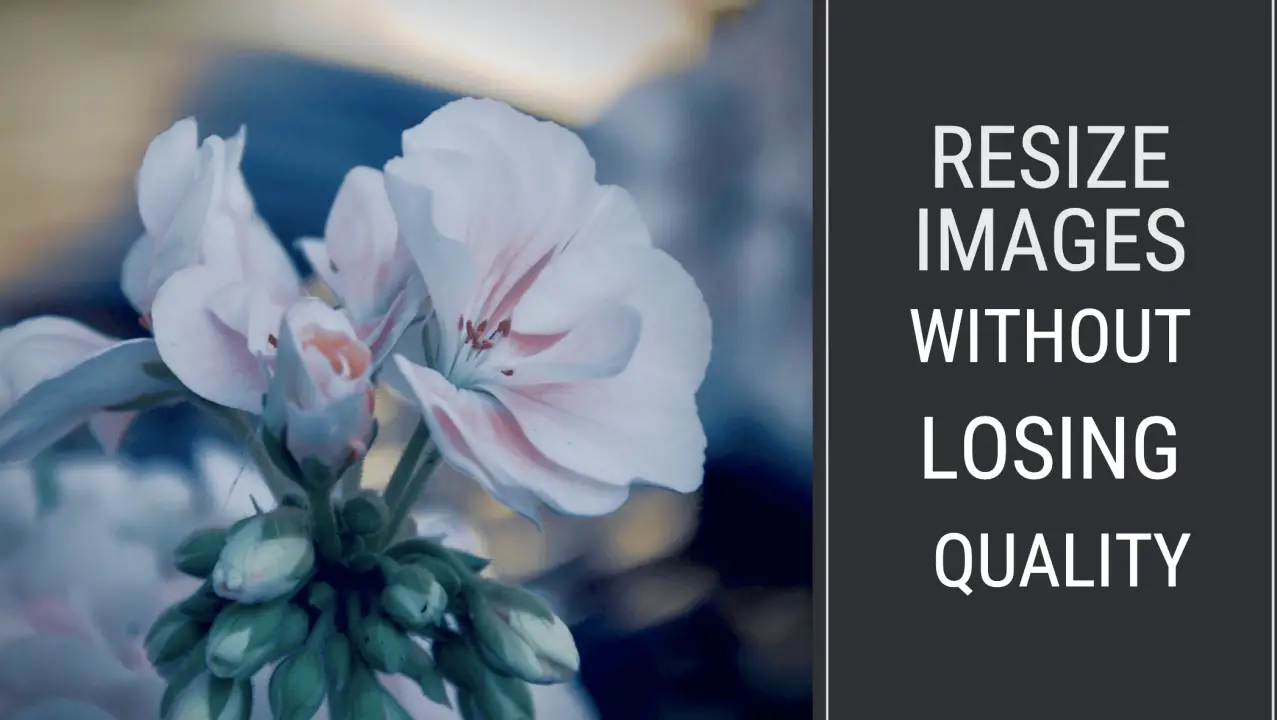
The next thing is image compression which plays a huge role in image optimization.


On Spyropress, we use all three image formats based on the type of image. Whereas GIF only uses 256 colors along with lossless compression which makes it the best choice for animated images. On the other hand, JPEG is a compressed file format which slightly reduces image quality in order to provide a significantly smaller file size. The downside is that file sizes are much larger. To keep things simple, you want to use JPEGs for photos or images with lots of colors, PNGs for simple images or when you need transparent images, and GIF for animated images only.įor those who don’t know the difference between each file type, PNG image format is uncompressed which means it is a higher quality image. Choosing the right file type plays an important role in image optimization.

Let’s take a look at each of these in more details.įor most website owners, the only three image file formats that really matter are JPEG, PNG, and GIF.
#OPTIMIZE IMAGES WITHOUT LOSING QUALITY HOW TO#
How to Save and Optimize Images for Web Performance? This means that by optimizing your images for web, you can both improve website speed and boost WordPress SEO rankings. If these aren’t enough reasons to speed up your website, then you should know that search engines like Google also give preferential SEO treatment to faster loading websites. Now you might be wondering how big of a difference can image optimization really make?Īccording to a Strangeloop study, a one-second delay in website load time can cost you 7% of sales, 11% fewer pageviews, and 16% decrease in customer satisfaction. Since we know fast websites rank higher in search engines (SEO) and have better conversions, image optimization is something that every business website must do if they want to succeed online. According to HTTP archive, images make up on average 21% of a total webpage’s weight. Outside of video, images are the next heaviest item on a web page. Faster website backups (also reduces cost of backup storage).Less storage and bandwidth (which can reduce hosting and CDN cost).Higher overall conversion rate for sales and leads.While there are many benefits of optimizing your images, below are the top ones that you should know: Why is Image Optimization Important? What are the Benefits of Image Optimization? If you ever received a recommendation to optimize images by your WordPress hosting support or by a speed test tool, then all it means is that you need to reduce the file size of your images by optimizing them for web. In simple terms, image optimization work by using compression technology like “Lossy” and “Lossless” which helps reduce the overall file size without any noticeable loss of quality. Here’s an example of optimized vs unoptimized image:Īs you can see, when optimized properly the same image can be 75% smaller than the original without any loss in quality.

You can use one of the many image optimization plugins and tools to automatically compress images by up to 80% without any visible loss in image quality. While the process sounds complex, it’s actually quite easy these days. Image optimization is a process of saving and delivering images in the smallest possible file size without reducing the overall image quality. What is Image Optimization? (Optimized vs Unoptimized Images) Top Plugins To Speed Up WordPress 2019 (Caching Plugins And More) Reasons and How to fix WordPress Website is Running Slow Imagify vs EWWW vs Kraken vs WP Smush vs ShortPixel: The 5 Best WordPress Image Optimization Plugins Compared Since this is a comprehensive guide on image optimization for web, we have created an easy to follow table of content: We will also share automatic image optimization plugins for WordPress that can make your life easy. In this article, we will show you how to optimize your images for faster web performance without losing quality. You can fix this by using image optimization best practices as part of your regular blogging routine. These large image files make your website slower. When starting a new blog, many beginners simply upload images without optimizing them for web. Did you know that optimizing your images before uploading to WordPress can have a huge impact on your website speed?


 0 kommentar(er)
0 kommentar(er)
